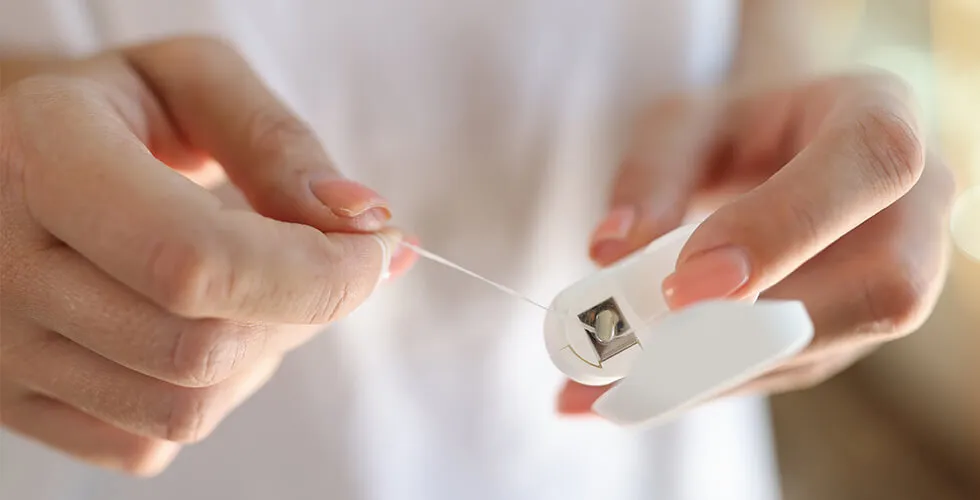
We all know dentists recommend flossing, but are you doing it right? Flossing isn’t just a box to check; it’s essential for maintaining your teeth and gums’ health. Here are five surprising facts that could change the way you floss forever.
- Flossing Reaches Where Your Brush Can’t
Brushing only cleans about 60% of your teeth. The other 40%? That’s where floss comes in. According to Dr. Whitney White, skipping flossing allows plaque and bacteria to thrive between teeth, which can lead to cavities and gum disease over time. - There’s More Than One Way to Floss
Dr. Michelle Jorgensen explains two key techniques: the spool method (wrapping floss around your fingers) and the loop method (tying it in a circle). Both work—it’s all about what feels comfortable and gives you control. - The Secret Is in the “C” Shape
No matter how you floss, technique matters. Dr. White emphasizes curving the floss into a “C” shape around each tooth and gently gliding it up and down to effectively remove debris without harming your gums. - Not All Floss Is Created Equal
Tight teeth? Go for thin floss. Wider gaps or braces? Try thicker floss or mini brushes designed for hard-to-reach spots. Finding the right floss can make a big difference in your routine. - Floss Anytime—Just Do It Daily
Wondering whether to floss before or after brushing? Dr. White says it doesn’t matter—what’s important is consistency. Some prefer flossing first to loosen plaque before brushing it away.
Flossing isn’t optional—it’s your best defense against hidden plaque!

